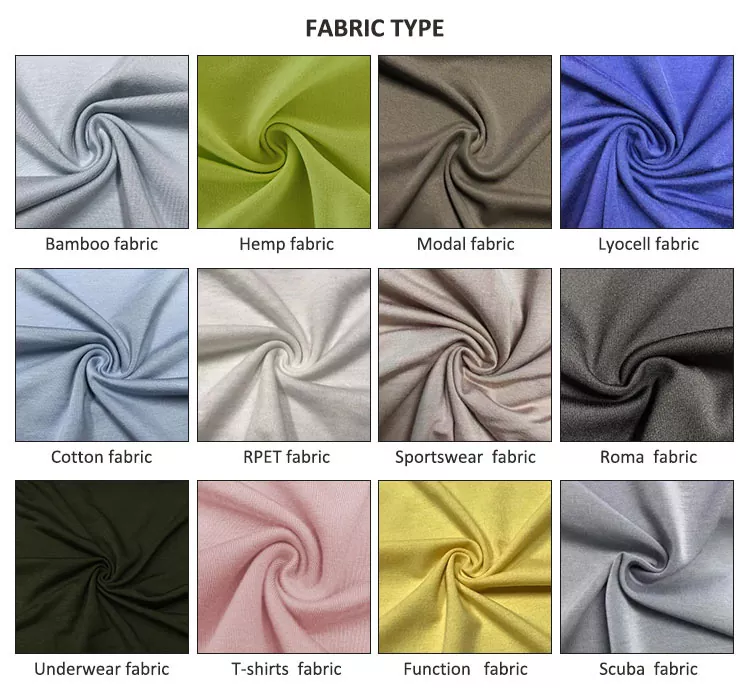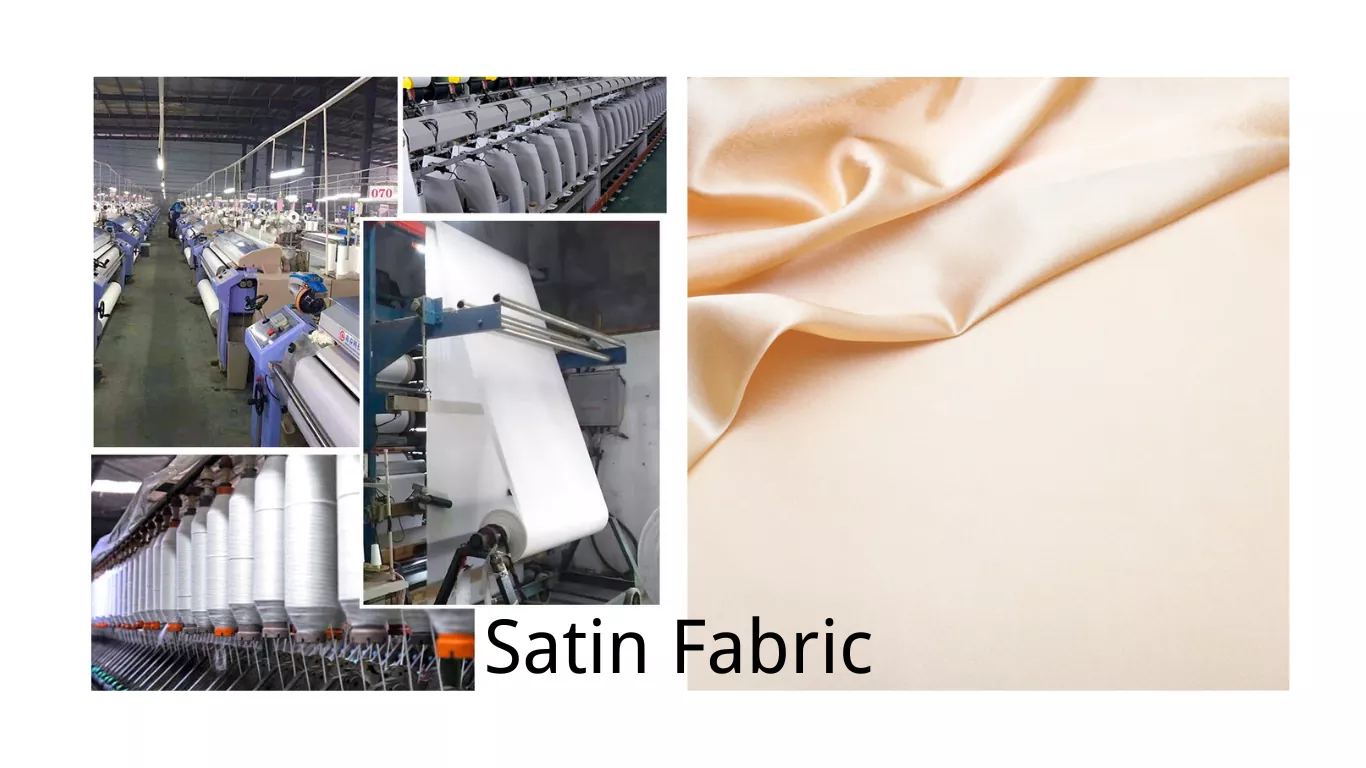シルクの洗練:衣料品メーカーとラグジュアリーの融合
Silk clothing, with its undeniable luxury and timeless appeal, has long been a favoured choice among discerning fashion enthusiasts. Coveted for its natural sheen, feather-light texture, and enduring elegance, the allure of silk is truly unparalleled. Notably, the mastery and workmanship of silk clothing manufacturers are at the heart of this luxury, perpetuating the art of creating sumptuous silk apparels revered by global consumers.
Acknowledging this, designers and fashion houses worldwide continually work hand-in-hand with proficient silk clothing manufacturers. They are persistently honing their techniques and innovating through design, thereby enabling the birth of exceptional silk clothing pieces. The combined efforts of manufacturers and fashion houses create an enchanting play of artistry and craftsmanship, setting the stage for the luxurious world of silk clothing that we see today.
The History and Evolution of Silk Clothing Manufacturing
Silk has been a hallmark of elegance and luxury for many centuries. The cultivation of silk, also known as sericulture, started in China around 2700 B.C. under the aegis of Hsi-Ling-Shi, the wife of the Yellow Emperor, Huangdi. This exclusive fabric was initially reserved for the Emperor and his royal circle. The early use of silk was not limited to garments; it was also used for musical instruments, fishing lines, and even paper production. As the demand for this luxurious fabric grew, theChinese merchants, realizing the opportunity, initiated illicit trade routes, famously known as the ‘Silk Road’, facilitating silk’s spread to different parts of the world.
Advancements in silk production and trade significantly influenced the rise of clothing manufacturers for clothing lines. As the Western world laid eyes on silk, it held an almost mystical attraction due to its lustrous finish and superb drape. In the 2nd century AD, silk began to find its place in the fashion capitals of Europe. However, it was not until the industrial revolution in the 18th century that silk clothing became more accessible to the masses. The invention of the sewing machine and the Jacquard loom contributed to more efficient production, giving clothing manufacturers for clothing lines a competitive advantage and fueling the global silk apparel industry’s exponential growth.
Understanding the Silk Manufacturing Process
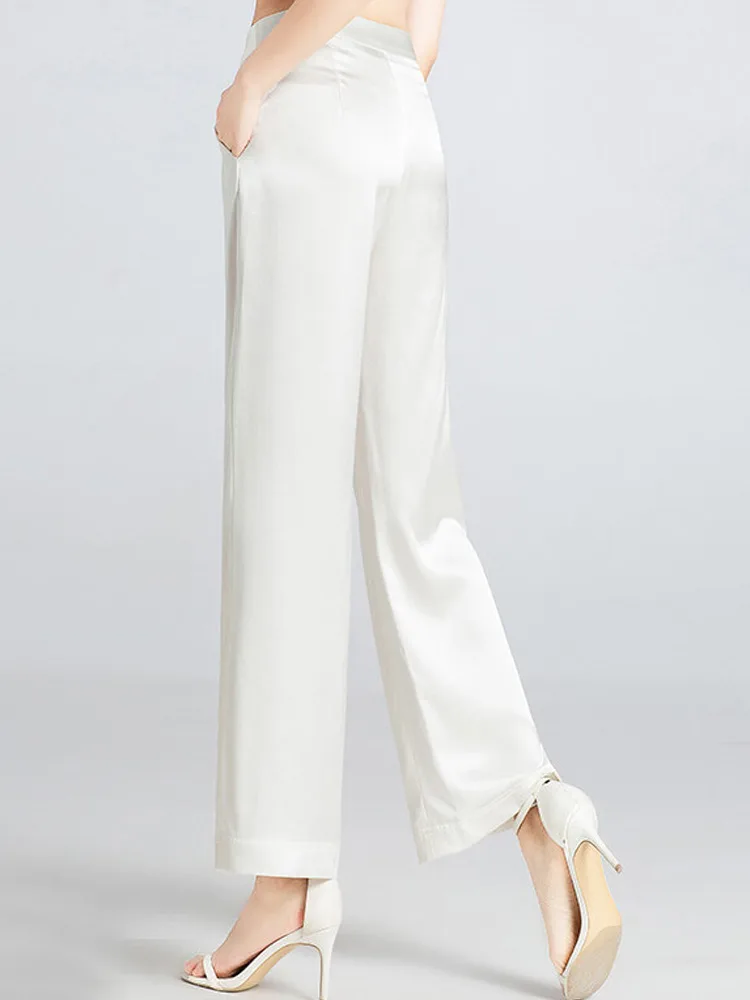
The manufacturing process of silk clothing is intricate and complex, requiring precision and a high degree of skill. Initially, the process commences with the cultivation of silk worms, predominantly the Bombyx Mori species, renowned for producing a stunningly fine and lustrous thread. This is subsequently followed by a phase known as “sericulture,” which involves the careful nurturing and feeding of these worms on mulberry leaves until they begin spinning their invaluable cocoons.
The silk thread – gentle yet remarkably strong, is then extracted from these cocoons, a procedure that necessitates a delicate balance of heat and moisture. Renowned for their adherence to traditional methods coupled with innovative technological integration, Pjgarment.com stands as a beacon in the silk clothing manufacturing industry. From their initial stages of worm cultivation to the final steps of weaving and dyeing, their processes preserve the natural lustre and integrity of silk, offering consumers clothing items that are as durable as they are luxurious.
Top Silk Clothing Manufacturers to Know
In the world of luxury clothing, there has been a proliferation of manufacturers dedicated to crafting exquisite silk garments. Among these, an exclusive pool of them stand out for their reputation, craftsmanship, and commitment to quality. These companies, well-known for their specialist creations, serve not only as manufacturers but also as key collaborators to high-end fashion brands, establishing a symbiotic relationship that has transformed the industry.
One of the most significant players in this realm are manufacturers for clothing lines such as Oscar de la Renta and Prada, who often source their materials from expert silk manufacturers. These manufacturers are known for their meticulous attention to detail, adherence to traditional silk creation techniques, and continuous drive for innovation. Their offerings epitomize the epitome of luxury and sophistication, helping the industry achieve new heights in design and aesthetics. The durable alliance between fashion brands and these manufacturers enhances silk as a premium fabric choice in the global fashion marketplace.
Prominent Silk Manufacturers in the USA
In the vast landscape of the American textile industry, several silk manufacturers claim their rightful places among the stalwarts. Known for their painstaking attention to detail and an unwillingness to compromise on the quality of their silk, these manufacturers have established a reputation that stretches beyond the national borders. Among these powerhouses, Bradford Textile, Supreme Silk, and Imperial Silk deserve particular attention.
Bradford Textile is renowned for its long-standing tradition of crafting exquisite silk for top-tier fashion houses, with their silks often gracing the most prestigious runways worldwide. Supreme Silk, however, is revered for mastery in producing sophisticated, durable silk used predominantly for interior design and upholstery purposes. On the other hand, Imperial Silk stands out with its commitment to sustainability, offering organic silk varieties that meet the growing demand for eco-friendly textiles. These manufacturers, each with their unique specialization, contribute to the diversified silk industry in the United States.
The Role of Technology in Silk Clothing Manufacturing
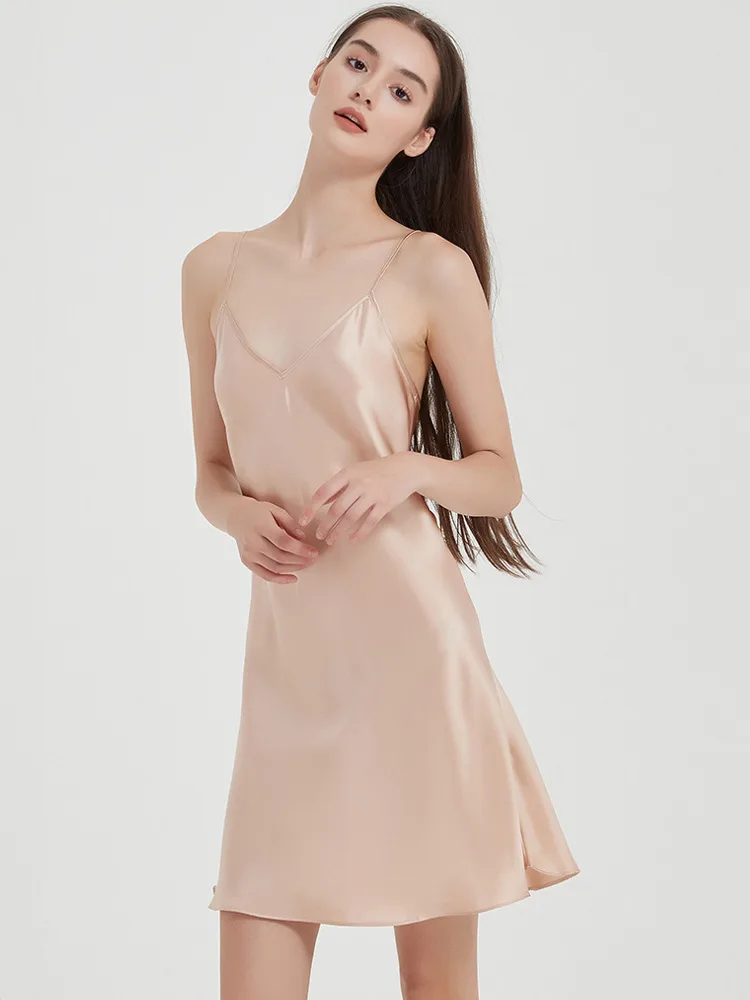
Advancements in technology have been a significant catalyst in elevating the silk production process. At the forefront, silk clothing manufacturers now rely heavily on modern machinery and automated systems to maintain quality and increase production rates. High-tech looms, spinning machines, and automated dyeing systems have revolutionized the traditional, labor-intensive methods. The incorporation of these technologies has consequently made the manufacturing process more efficient and cost-effective, promising consistent quality in every garment produced.
Furthermore, advancements in computer technologies have facilitated intricate design conception and precision-cutting of the fabric. By using computer-aided design (CAD) systems, silk clothing manufacturers can draft complex patterns and styles, which are then transferred to fabric with laser-cutting technology. This ensures minimal discrepancies and waste, thereby contributing to the sustainability of the 生産工程. The incorporation of this technological sophistication is indeed the backbone of silk clothing manufacturing in the current era, fostering innovation without compromising the inherent luxury and gentility of silk.
Sustainable Practices in Silk Clothing Production
Today’s silk アパレル企業 are increasingly adopting sustainable practices in their production processes. This shift aims to reduce their environmental footprint while also accommodating the demands of environmentally-conscious consumers. The manufacture of silk clothing has historically been an energy-intensive process. However, through the incorporation of modern technologies and novel techniques, companies are effectively managing their resources while minimizing waste.
In addition, more and more silk clothing companies are now focusing on ethical sourcing. The sericulture or silk farming process traditionally involves a vast human labor force. To ensure responsible production, companies are enforcing フェアトレード practices, paying fair wages, and providing decent working conditions to their workers. Thus, the silk clothing industry is making notable strides in integrating sustainability and ethics into their core business model.
Luxury Brands and Their Association with Silk Clothing Companies
In the world of high fashion, an undeniable truth remains: luxury brands hold a deep-seated affiliation with silk and its purveyors. The finely woven fabric, cherished for its lustrous sheen and sumptuous feel, is an inseparable component of many top designer collections. This enduring relationship is rooted in silk’s inherent elegance and versatility, making it a perennial favorite among many esteemed fashion houses across the globe. These brands turn to specialized manufacturers who meet their precise specifications for crafting bespoke apparel, with a noticeable preference for silk manufacturers in the USA, known for their quality craftsmanship and technological prowess.
On the other hand, the association between luxury brands and silk manufacturers is not only driven by the need for impeccable quality. Today, a brand’s repute is intertwined with its commitment towards sustainability and ethical labor practices. Consequently, those silk manufacturers in the USA, known for their adherence to stringent environmental laws and fair labor conditions, find themselves to be even more appealing. The alliance built on mutual respect and shared codes of conduct, forge a robust partnership between silk clothing companies and luxury brands, ensuring that the resulting products are not just beautiful, but also a testament to ethical and sustainable practices.
The Future of Silk Clothing: Trends and Predictions
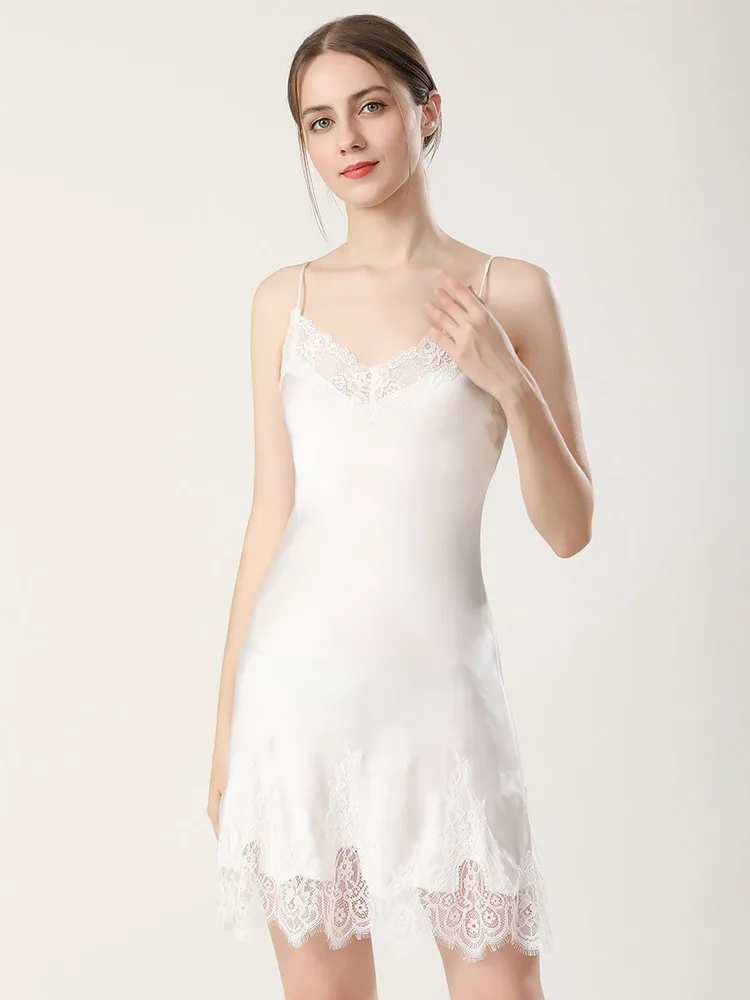
As we look towards the future, it is clear that silk clothing will continue to play a significant role in the global fashion industry. Many anticipate that Chinese silk clothing manufacturers will be at the forefront of this growth, making use of their decades, even centuries, of experience in cultivating and weaving this luxurious fabric. Positioned perfectly between tradition and innovation, these manufacturers have the unique ability to deliver high quality products that appeal to contemporary luxury markets worldwide.
Technological advancements and a growing awareness around sustainability are also set to shape the silk clothing industry’s trajectory. These are compelling Chinese silk clothing manufacturers to pivot towards eco-friendly practices in the cultivation of silk worms and the processing of silk. It is predicted that these evolving trends will not only drive industry growth, but also reposition silk – this time not just as a symbol of opulence and grandeur, but as a champion of environmental consciousness and ethical production in the fashion world.
The future trends and predictions for the silk clothing industry can be summarized as follows:
• Chinese Silk Clothing Manufacturers Leading the Charge: Given their rich history and expertise in silk production, Chinese manufacturers are expected to drive growth within this sector. They possess a unique blend of traditional knowledge and innovative capabilities that enable them to produce high-quality products appealing to modern luxury markets.
• Technological Advancements: The incorporation of advanced technology into silk manufacturing processes is another significant trend shaping the industry’s future. This includes everything from automated machinery for more efficient production, to sophisticated techniques such as digital printing on silk fabrics.
• Emphasis on Sustainability: There’s an increasing focus on eco-friendly practices throughout all stages of silk production – from cultivating silkworms using organic methods, to processing raw materials with minimal environmental impact. This shift towards sustainability not only aligns with global conservation efforts but also caters to consumers’ growing demand for ethically produced fashion items.
• Silk as a Symbol of Ethical Luxury: As the industry continues its transition towards greener practices, it is anticipated that silk will gain even greater recognition as a symbol of ethical luxury. This means that wearing or owning a piece made from this material will make a statement about one’s commitment towards supporting サステイナブル・ファッション.
In conclusion, while maintaining its status as an emblem of elegance and opulence, the future outlook suggests that silk clothing will also represent environmental consciousness and ethical consumption in the world of fashion. With these emerging trends taking hold, we can expect exciting developments within this dynamic sector over upcoming years.
Choosing the Right Silk Clothing Manufacturer: Factors to Consider
In the realm of apparel manufacturing, especially within the specialty of silk clothing production, choosing a fitting manufacturer requires diligence and thoroughness. Silk clothing manufacturers, particularly those based in China, hold the lion’s share of the global silk clothing sector due to their rich tradition, expertise, and high quality of products. Consumers and retailers need to assess these manufacturers against several critical factors to ensure they meet their specific needs.
Reputation and quality of product are two primary considerations. Manufacturers with extensive experience often consistently deliver high-quality silk clothing, reflective of their time-honored expertise. Nevertheless, companies are encouraged not to rely solely on reputation but to undertake product tests to ensure quality specifications. Moreover, ensure the manufacturer is able to fulfil your orders within your required timeframes. The willingness of manufacturers, such as those based in China, to adapt to client needs and market trends while maintaining environmentally sustainable practices also plays an integral role in decision-making. This methodical approach helps in identifying the right silk clothing manufacturer to align with one’s business goals and ethos.
よくあるご質問
What factors should I consider when choosing a silk clothing manufacturer?
When choosing a silk clothing manufacturer, consider aspects such as their reputation, manufacturing process, adoption of sustainable practices, use of technology, and associations with luxury brands. The quality of their silk products, pricing, delivery timelines, and customer service are also crucial factors.
Can you explain the process of silk manufacturing?
The silk manufacturing process involves several steps, including sericulture (raising silkworms and harvesting the raw silk from their cocoons), degumming (removing the sericin), dyeing, spinning, weaving, and finishing the fabric. It requires specialized knowledge and equipment.
Who are some of the top silk clothing manufacturers globally?
Several manufacturers are well-known in the silk clothing industry. These include major companies like Zhejiang Jiaxin Silk Corp., Wujiang First Textile Co., Ltd., Wensli Group, and Silk Road Textile Merchants, among others.
What role does technology play in silk clothing manufacturing?
Technology plays a crucial role in modern silk clothing manufacturing. It helps in improving production efficiency, enhancing fabric quality, reducing waste, and implementing environmentally friendly practices.
What is the significance of sustainable practices in silk clothing production?
Sustainable practices in silk production involve employing techniques and processes that are eco-friendly, ethical, and socially responsible. This might include using organic farming methods, recycling water, reducing energy consumption, and ensuring fair labor practices.
Can you name some luxury brands associated with silk clothing companies?
Luxury brands like Gucci, Prada, Louis Vuitton, and Chanel often collaborate with high-quality silk clothing companies for their collections.
What are the future trends and predictions in the silk clothing industry?
The future of the silk clothing industry looks promising with trends like eco-friendly manufacturing, digital printing on silk, integration of smart technology in silk garments, and the growing demand for luxury silk products.


